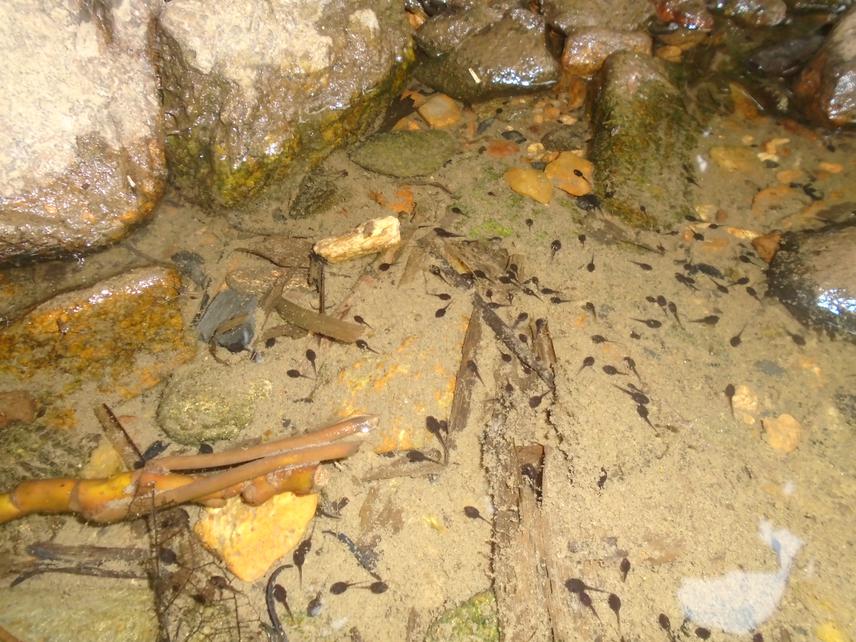Geraud Canis Tasse Taboue
Other projects
14 Oct 2020
Mainstreaming Outreach and Understanding Habitat Requirements to Conserve the Goliath Frog in Cameroon
The Cameroon Littoral Region represents a significant location for Afrotropical amphibian species, with a multitude of taxa exhibiting unique distribution patterns exclusive to this region. Among them, the Goliath frog (Conraua goliath) is known as the largest living anuran. This species found in Cameroon and Equatorial Guinea is still experiencing population decline throughout its range particularly because of humans. Classified as Endangered by the International Union for the Conservation of Nature, this species has been experiencing poaching for home consumption and for market (Gonwouo & Rödel, 2008; Schäfer et al., 2019, Taboue et al. 2023).
Our previous project supported by Rufford (21007-1) contributed firmly to raising awareness on the plight Conraua goliath is facing. During the second project (32566-2), emphasis was laid on understanding the hunting pressure and the perception of locals to conserve this species as well as understanding the physico chemical characteristic of some streams harbouring Goliath frog. Further, recent field work around was implemented to guard Goliath frog nests during the breeding season (ECoCaF, 2022). Additionally, the population of the village Mianja are no longer going to the nearby stream harbouring the Goliath frog for their daily water usage because of a new water collection point implemented around the village. Although these activities have contributed to the understanding of the Goliath frog, the situation on the ground remains to be updated.

Goliath frog tadpoles.
This new initiative will strive to assess the population of Goliath frog in areas where recent conservation actions have been implemented. This project will evaluate and reinforce conservation action toward Goliath frog. Specifically, this project will achieve the followings:
1. Carry out ecological surveys in three main sites to observe Goliath frogs, assess their population trends from previous records and characterize populations most at risk.
2. Assess physiochemical properties of the habitat of the population near the village Mianja in the Moungo and compare these records to previous records on references sites.
3. Assess community food security around Goliath Frog to explore the food system and reliance of communities on other sources of proteins.
4. Strengthen awareness among the locals about threatened Goliath frog and other endangered amphibians. Build capacity in responsible management of the natural resources to protect the Goliath frog's natural habitat. Educate the population on the detrimental effect of the washing of farms' equipment with pesticides within the flow of the water body harbouring Goliath frog.
Header: Geraud Tasse collecting water physico chemical properties.